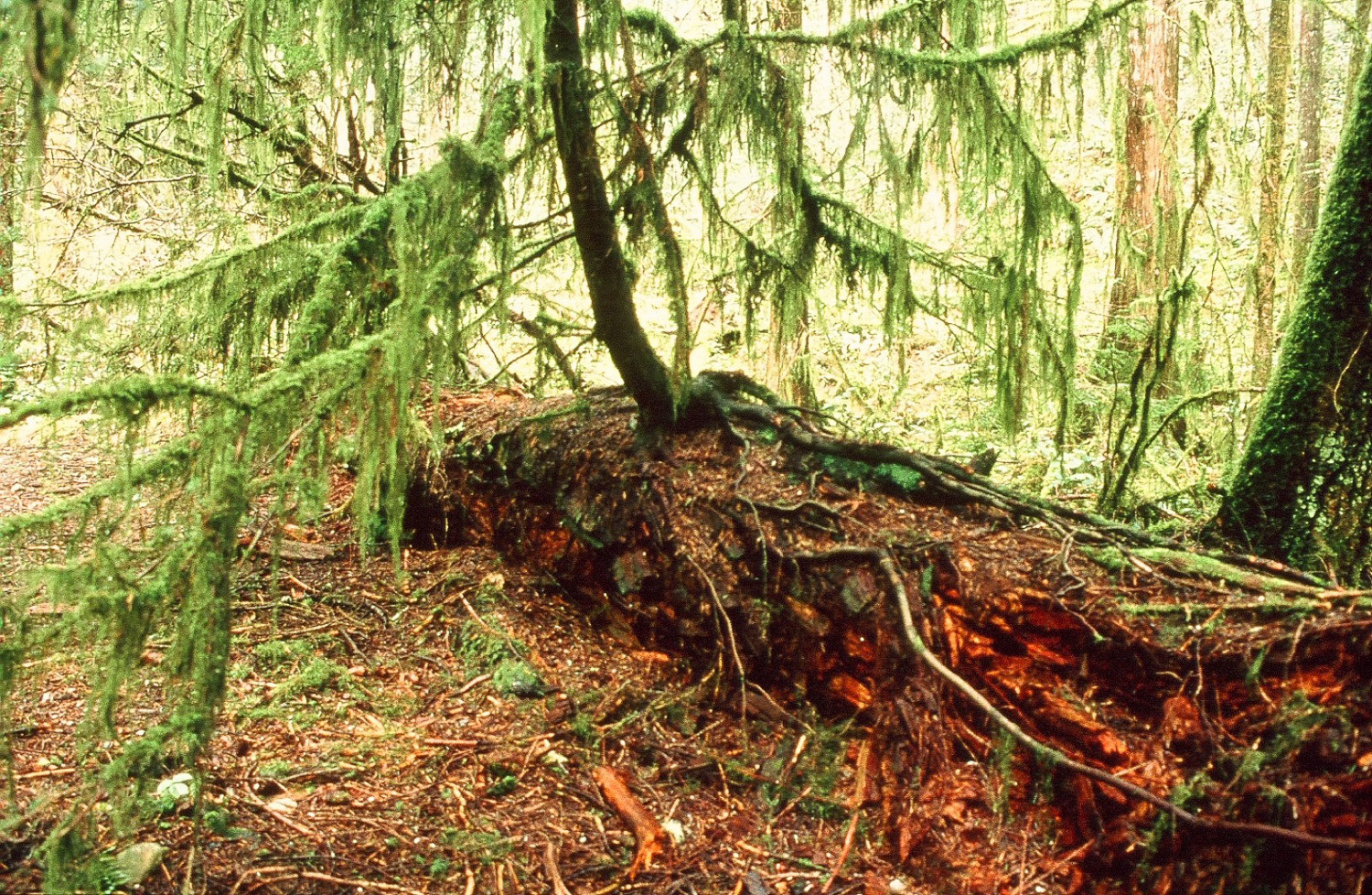Provision of Habitat
Highligths
- Old growth forests contain a myriad of habitats supporting diverse interacting communities of specialists and generalists, from soil micro-faunaSoil micro-fauna are small, often microscopic organisms such as nematodes and protozoa that inhabit the soil. Many inhabit water films or pore spaces in leaf litter and in the soil, feeding on smaller microorganisms that decompose organic material. More to understory plants to canopy trees, to a wide variety of birds and animals.
Large live trees provide habitat for the distinctive epiphytic plant and animal communities found in old growth forests. Some epiphytic lichen species provide nesting material for birds. The marbled murrelet, rufous hummingbird and many other birds use mosses for nesting material. Many invertebrate animals, including some insects, make their homes in mats of mosses, liverworts and lichens where birds feed on them.
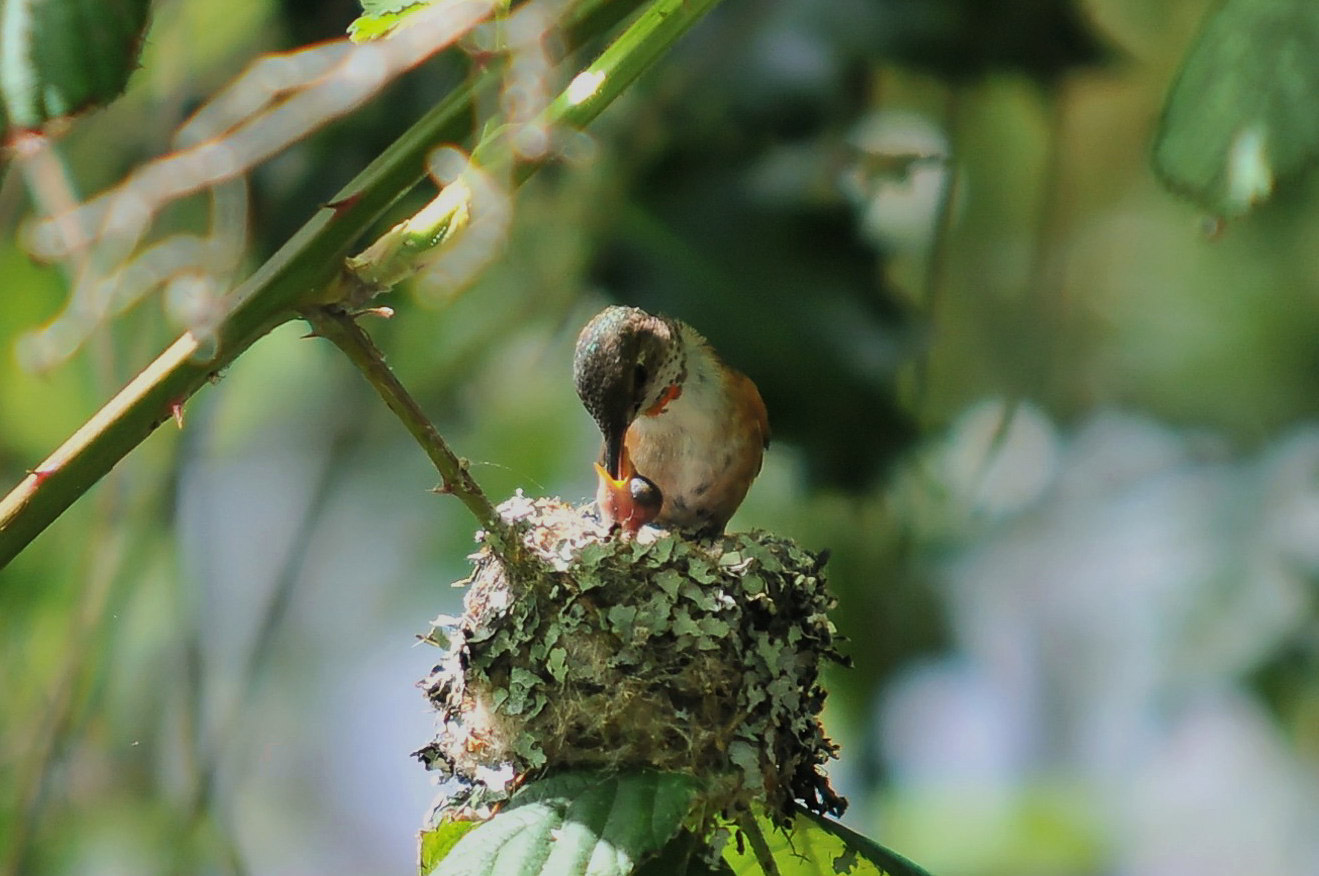
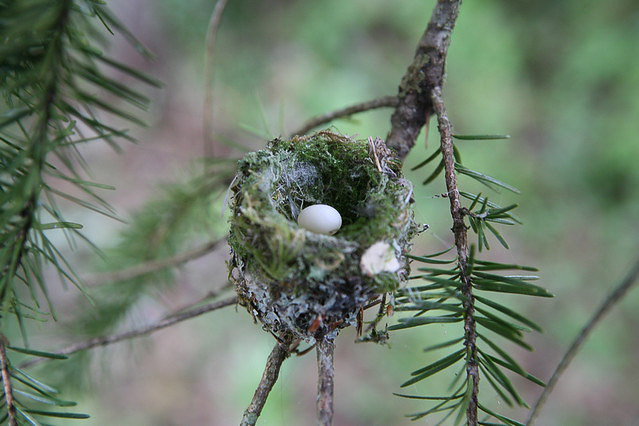
Snags as habitat features
A primary ecological function of snags is the provision of habitat for a wide variety of vertebrates and invertebrates. In a study in Washington and Oregon, cavities in snags were used by 63 species of vertebrates (39 birds and 24 mammals) (Thomas et al., 1979, cited by Franklin et al., 1981Franklin, J.F., Cromack, K. Jr., Denison, W., McKee, A., Maser, C., Sedell, J., Swanson, F., Juday, G. 1981. Ecological characteristics of old-growth Douglas-fir forests. USDA Forest Service, Pacific Northwest Forest and Range Experiment Station, Gen. Tech. Rep. PNW-118. More). Vertebrates vary in the decay class of snags that they require, and this variability of snags is a feature of old growth stands but not young managed stands.
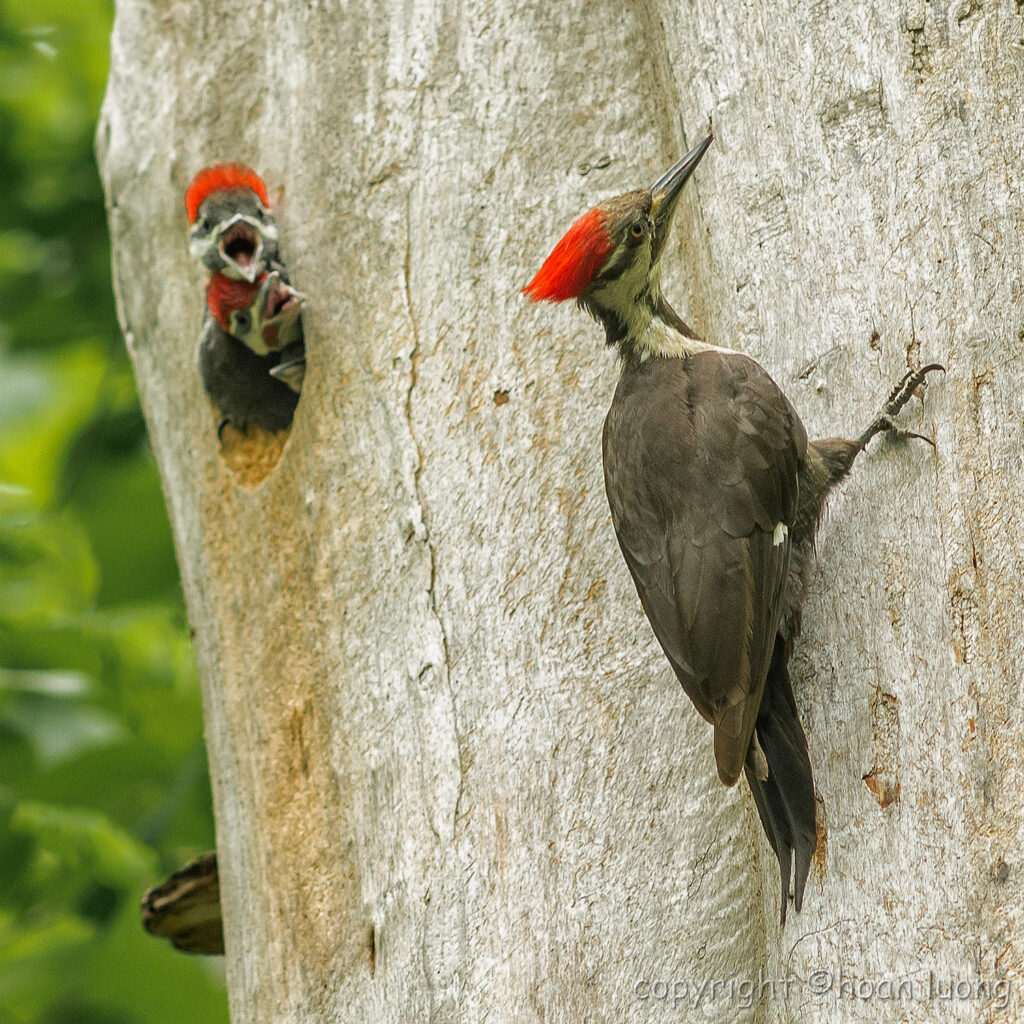
Pileated woodpeckers using a snag (Photo by HoanLuong2 / Flickr).
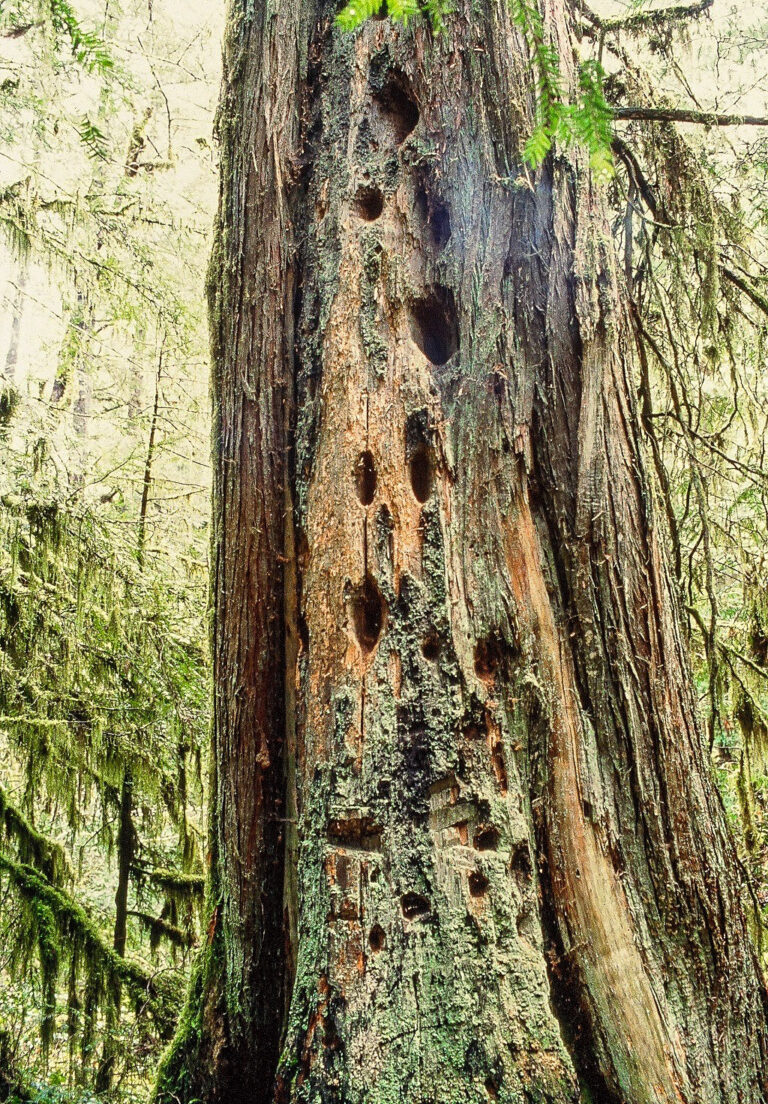
Snag in old-growth forest (Photo by Sherry Kirkvold).
Logs as habitat features
Logs provide important habitat for small mammals, including species that disperse spores of mycorrhiza-forming fungi (Franklin et al., 1981Franklin, J.F., Cromack, K. Jr., Denison, W., McKee, A., Maser, C., Sedell, J., Swanson, F., Juday, G. 1981. Ecological characteristics of old-growth Douglas-fir forests. USDA Forest Service, Pacific Northwest Forest and Range Experiment Station, Gen. Tech. Rep. PNW-118. More). Logs are used by these animals as sites for lookouts, feeding and reproduction, protection and cover, sources and storage of food, and bedding. Their high moisture content also makes them particularly important as habitat for amphibians.
With the large number of organisms present in a fallen, decayed tree, it may be more “alive” than a living bole (Franklin et al., 1987Franklin, J.F., Shugart, H.H.., Harmon, M.E. 1987. Tree death as an ecological process. BioScience 37(8):550-556 More). Decaying logs are essential as seedbeds (nurse logs) for some trees and shrubs, especially hemlock seedlings which germinate mainly on decayed wood. In old growth forests in coastal Washington, nurse logs had 17 species of bryophytesBryophytes are non-vascular seedless land plants (mosses, liverworts, and hornworts). Although they exhibit specialized structures for water transportation, they have no vascular tissue or true roots. More while the forest floor had six, indicating that these logs which are characteristic of old forests contribute to maintaining bryophyte diversity (Woods et al., 2021Woods, C.L., Maleta, K., Ortmann, K. 2021. Plant-plant interactions change during succession on nurse logs in a northern temperate rainforest. Ecol. Evol. 11:9631-9641. More).

